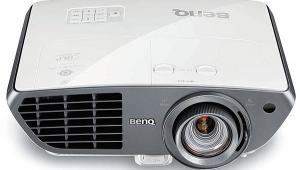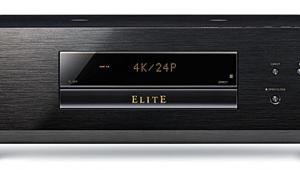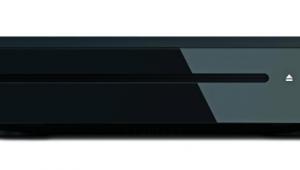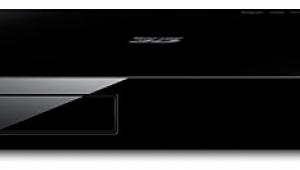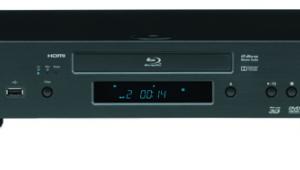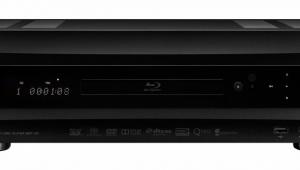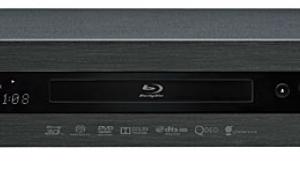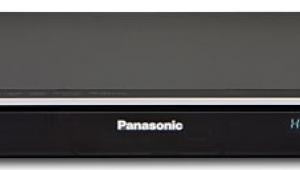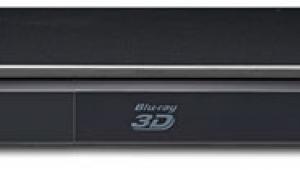"The Sabre32 is an eight-channel DAC, and some of those channels are now allocated to the headphone amp as opposed to using all of them for the two-channel output."
I thought that you could only set the Sabre 9018 only as 8 channel, stereo, or mono. The stereo out is Quad Differential so that means 4 DACs per channel. So you are saying that the stereo output does not have 4 DACs stacked per channel? Is it like 6 channels set for the stereo out including the XLR and the other 2 for the headphone?
That doesn't sound right.







